Constitutional Monarchy
The idea of a crown prince and a king
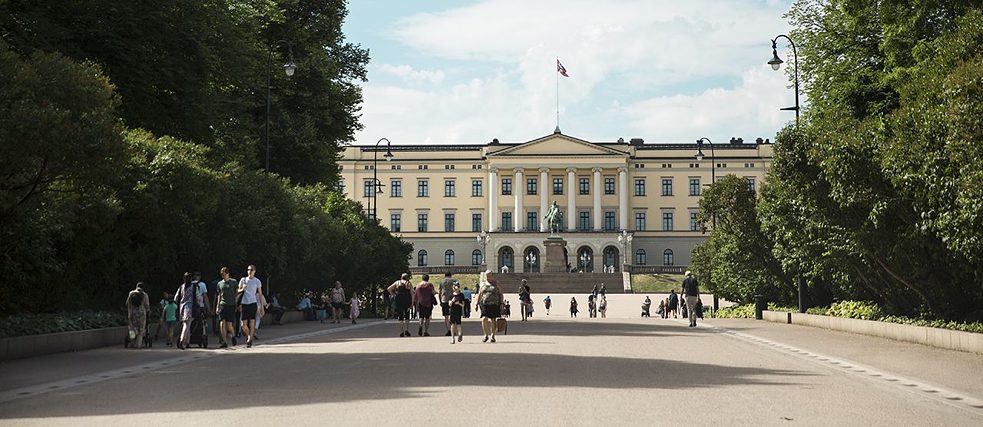
Constitutional monarchy in Europe has a long history; the one in Norway is comparatively young. While the Norwegian royal family is very different from other European royal families, it is at the same time strongly linked to those of Great Britain, Sweden and Denmark, both historically and genetically.
By Camilla Jensen
The Norwegian royal house is strongly linked to the royal houses of Great Britain, Sweden and Denmark, both historically and genetically. How did this connection come about? Until 1905 the kingdoms of Norwegian and Sweden were united in a personal union. Both countries were joined by a common head of state: the Swedish king Oscar II. When he refused demands of the Norwegian parliament for more autonomy, the Norwegian government resigned. Shortly thereafter, the citizens of Norway voted for independence from Sweden and for a monarchical form of government. In the absence of a nobility and a monarchy, the first king of the country had to be imported.
The crown was given to Carl XV. Prince Carl was the son of King Frederick VIII of Denmark and the Swedish princess Lovisa. He was married to his British cousin Maud. Carl XV took the old Norwegian name of “Haakon” to symbolize his belonging and loyalty to his new homeland. The new ruler was looked upon as in touch with the people and popular. This contributed to the support that his family and the monarchical form of government in general found in the population.
Norway thus joined the ranks of Europe’s constitutional monarchies, a system of government that was founded in the eighteenth century with the emergence of the parliament in England. A precursor of this system had already been established in the sixteenth century in the Polish-Lithuanian union. In France, it was the French Revolution that led to the end of absolute rule. Norway’s first constitution, adopted in 1814, was strongly influenced by the new French constitution which had resulted from the revolution and which was based on the principles of constitutional monarchy: the nobility was abolished and the king’s legislative power was limited to the right of veto. This exercised a great influence on the further development of democracy in Europe. Norway’s first basic constitutional law, adopted in 1814 at Eidsvoll, was also strongly inspired by the upheavals in France at the end of the eighteenth century.
Model for the people
Even in fairy tales, however, kings never enjoyed absolute power. They were often subject to all sorts of magical and natural forces or gods. In today’s monarchy, politics frequently proves to be a similarly factor. In a constitutional monarchy, the ruler has no real power. He lives up to the idea of a king solely through his actions, and is thus a model for his people, with a representative function. And as in folk tales, it is above all creative and quick-witted heroes who succeed in spreading harmony and relaxing established conventions.From this perspective, the development of the Norwegian royal family may be a reason that the country still cleaves to monarchy as its form of government. The stories about Norway’s current royal family could easily be told in the form of the traditional folk tale, in which what a royal family can be turns on the break with convention and orthodox decisions. The daughter of King Harald V, Märtha Louise, relinquished the title of Crown Princess so as to pursue her spiritual calling and marry the notorious dandy Ari Behn. Her brother, Haakon Magnus, stirred up controversy when he married Mette Marit, a commoner and single mother with a colourful past and alcoholic father.
Break with aristocratic norms
Precisely its way of meeting these challenges expresses the strength of the royal family and creates the conditions for its place in a modern state. For many Norwegians, whether royalist or republican, the members of the royal family are highly respected role models who are looked upon as committed fellow human beings. The king and queen are patrons of various organizations in the arts, culture, nature conservation and science. The crown prince and crown princess also administer trusts whose goal is to support humanitarian and social policies that oppose discrimination.Despite the Norwegian royal family’s close ties to other European royal houses, it looks as if the former differs from the latter in breaking with certain aristocratic norms and taking instead positions in touch with the people.
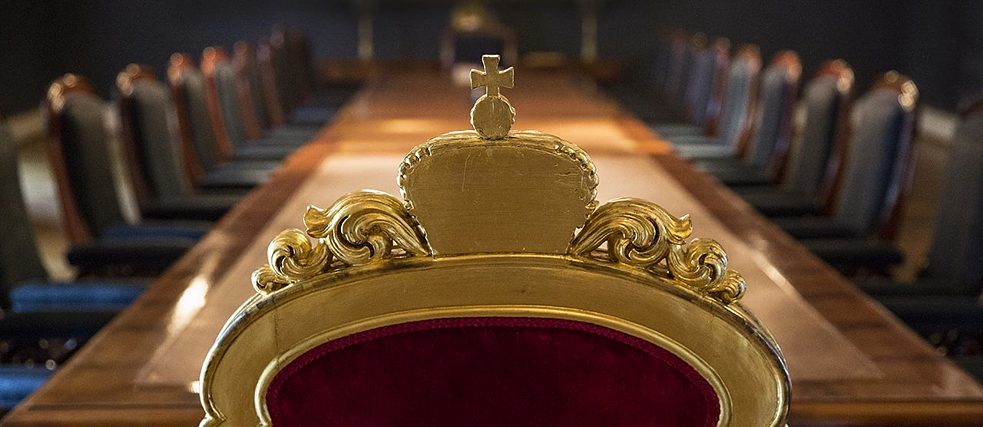
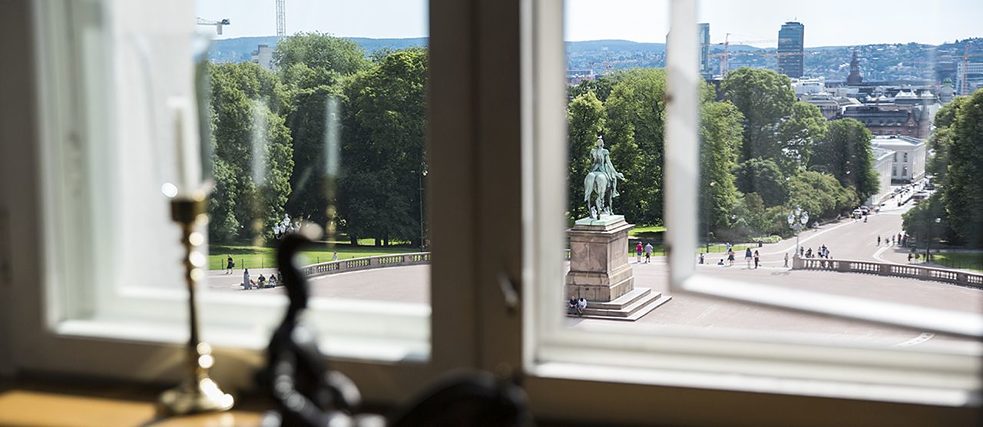
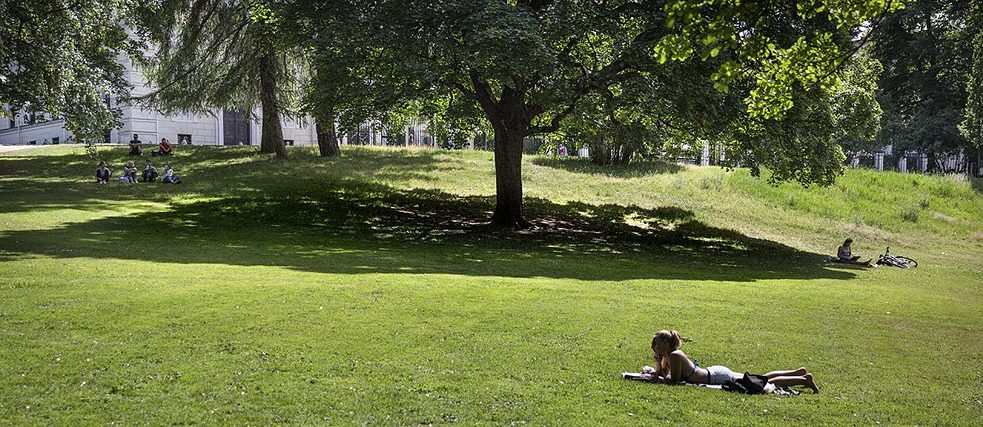
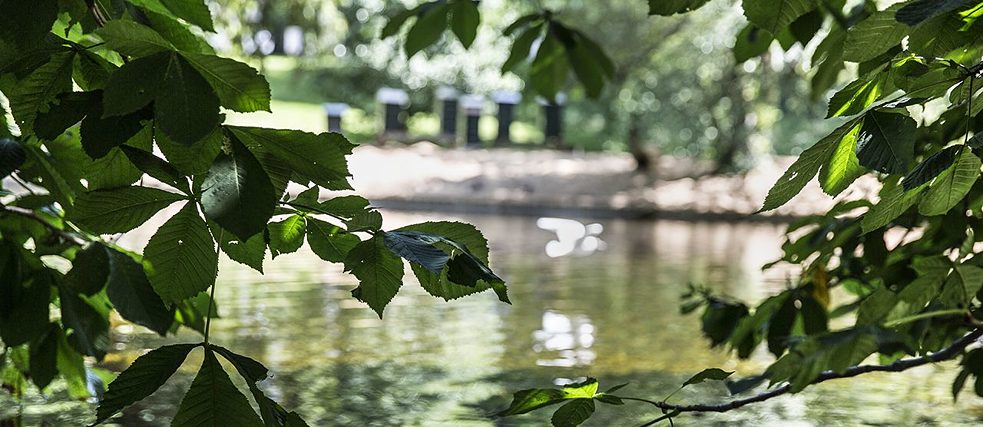
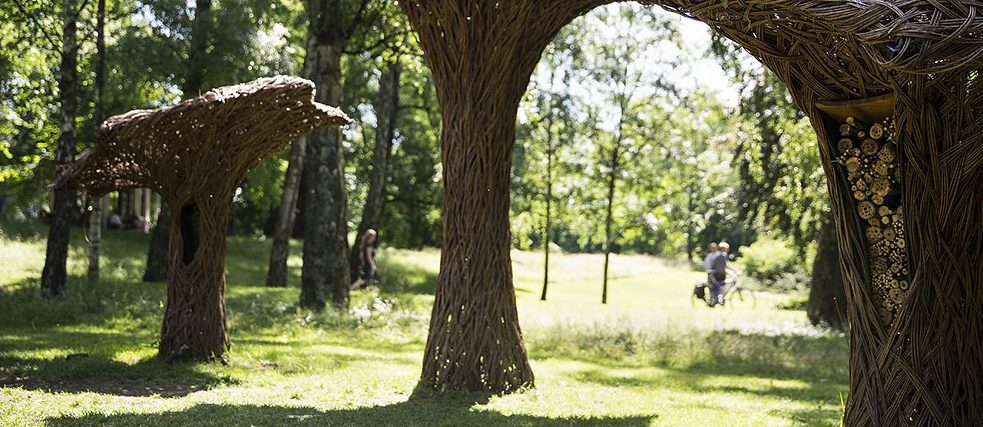
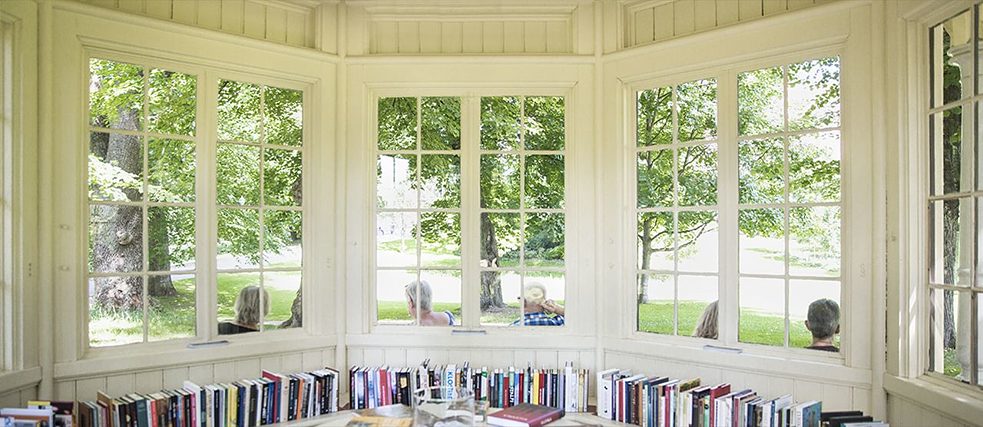
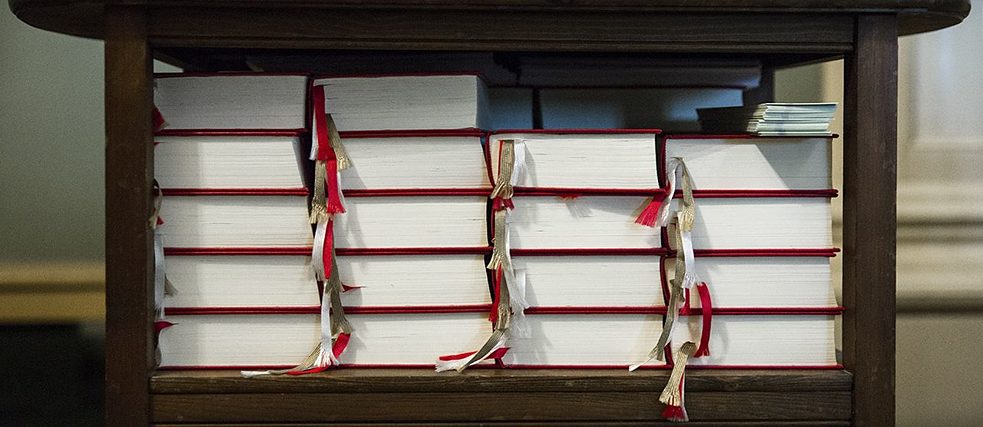
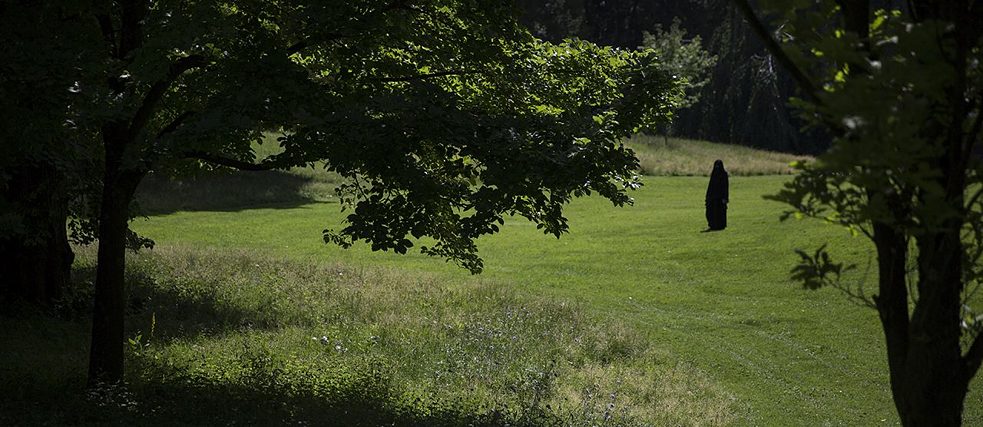
Comments
Comment